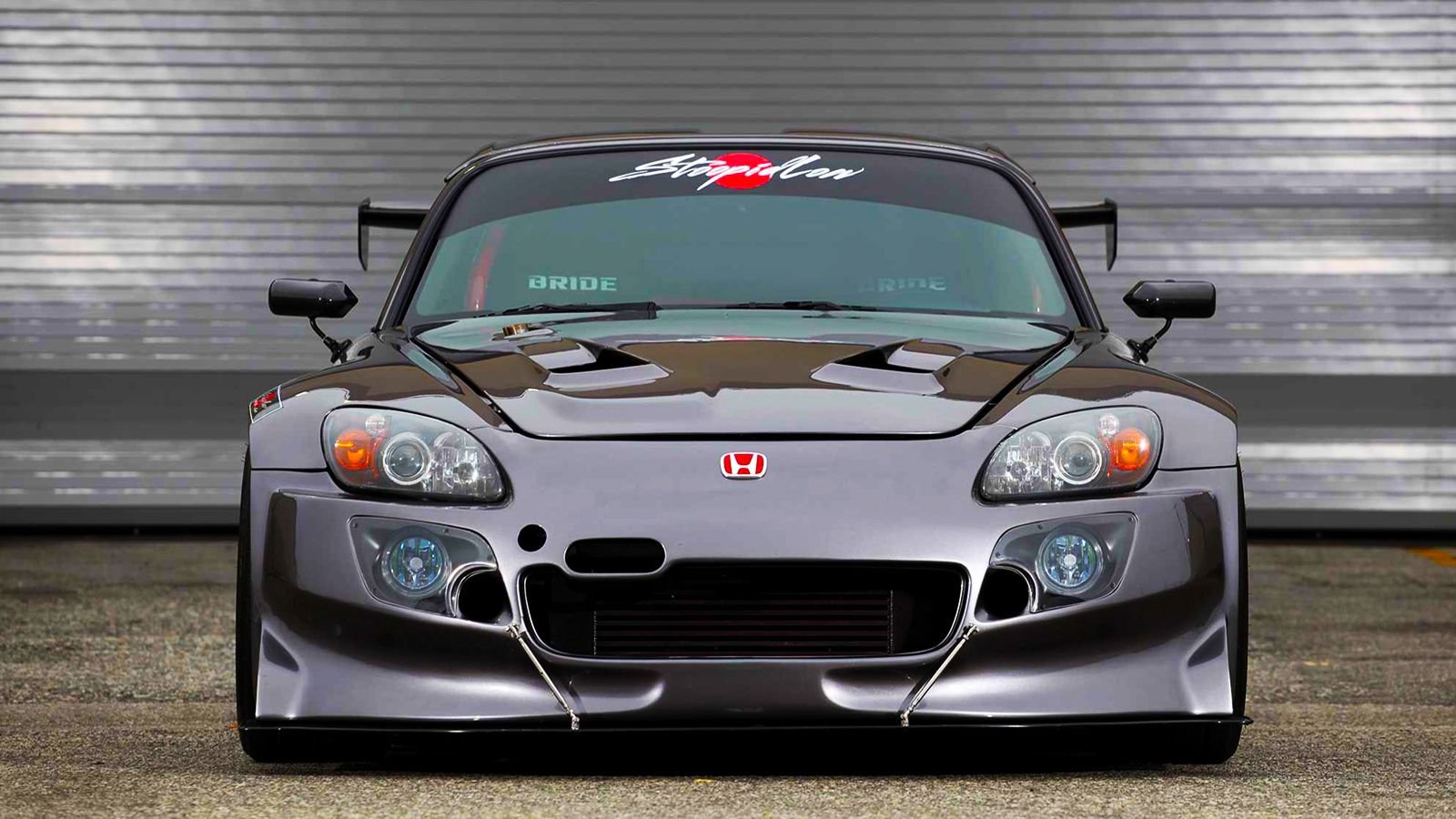Mastering the Air - Beginners Guide to Aerodynamics
Everyone and their grandmother seems to have a giant wing on their car these days. From street cars to local club level racing the trend has seemingly grown in the last few years. Generally you will see an APR wing or equivalent paired with a front splitter. So how do aerodynamics really work?












Lift to Drag Ratio
One of the most important things when it comes to aerodynamics is your lift to drag ratio. Place a wing at the rear of a car produces drag no matter which way you slice it. Generally speaking, a lower horsepower car will benefit more from a low drag setup than it will from one that yields high downforce. As power levels increase the ability to over come drag and benefit from downforce increases. Formula Ford is a great example of how fast a low drag setup can be with cars lapping Willow Springs International Raceway as fast as the Porsche 918!
>>Join the conversation about the beginning guide of aerodynamics right here in the S2ki Forum!
Underbody Design
Real downforce is produced by decreasing pressure underneath the car. Simply throwing a wing and splitter on isn’t the most effective way of doing things. Formula Atlantic cars at one point had de-restricted “tunnels” that ramped up gradually to produce massive amounts of grip. A lot of classes don’t permit this, but it’s important to understand the concept. There is much more going on than simply throwing off the shelf components on your track car.
>>Join the conversation about the beginning guide of aerodynamics right here in the S2ki Forum!
Frontal Area
If you were to look at a car from head on, then the frontal area would be the square footage the 2d image the car takes up. One of the ways to improve a cars performance is to reduce frontal area. This is why Chris Banning raked back the windshield on his famous Porsche 911. Formula 1 teams have even gone as far as running smaller wheels on the front of the car giving proof the concept works. Reducing the size of the hole a car punches through the air frees up horsepower and increases top speed.
>>Join the conversation about the beginning guide of aerodynamics right here in the S2ki Forum!
More isn’t always better
For a lot of guys, the idea of building a track car is simple: you buy the car and do the go fast essentials. At some point, you have to have aero to go quicker, right? All the guys in Time Attack with 1,000 horsepower have huge front splitters and massive wings so this has to be the way to build your car. Not necessarily. There is a final factor that enters the equation and it’s a bit of a paradox….
>>Join the conversation about the beginning guide of aerodynamics right here in the S2ki Forum!
Driver skill
Putting a rear wing on a low horsepower car will often make it feel more stable at high speed, but that doesn’t mean you’re going to go faster. Conversely, if you move to a purpose built machine like an Indy Car you have to have enough skill to drive fast enough so the aero will start working. Both ends of the spectrum require a specific type of car control that can be tricky to master. It’s all about the trade off in corner speed vs. straightaways and if the driver has the skill to drive on the limit.
>>Join the conversation about the beginning guide of aerodynamics right here in the S2ki Forum!
Summary
In summary, remember horsepower is a major factor in aerodynamics and if you don’t have a lot of it, your best bet is reducing drag. If you have tons of horsepower then you can utilize aero, but there is always a trade off between the type of circuit you are driving and how much downforce you need. Watch Formula 1 cars at Monza and you will often see a smaller rear wing run on the car. It is not as simple as slapping on a brand name aerodynamic device and calling it a day. There is definitely a reason why aerodynamicists make big bucks in racing!
>>Join the conversation about the beginning guide of aerodynamics right here in the S2ki Forum!
